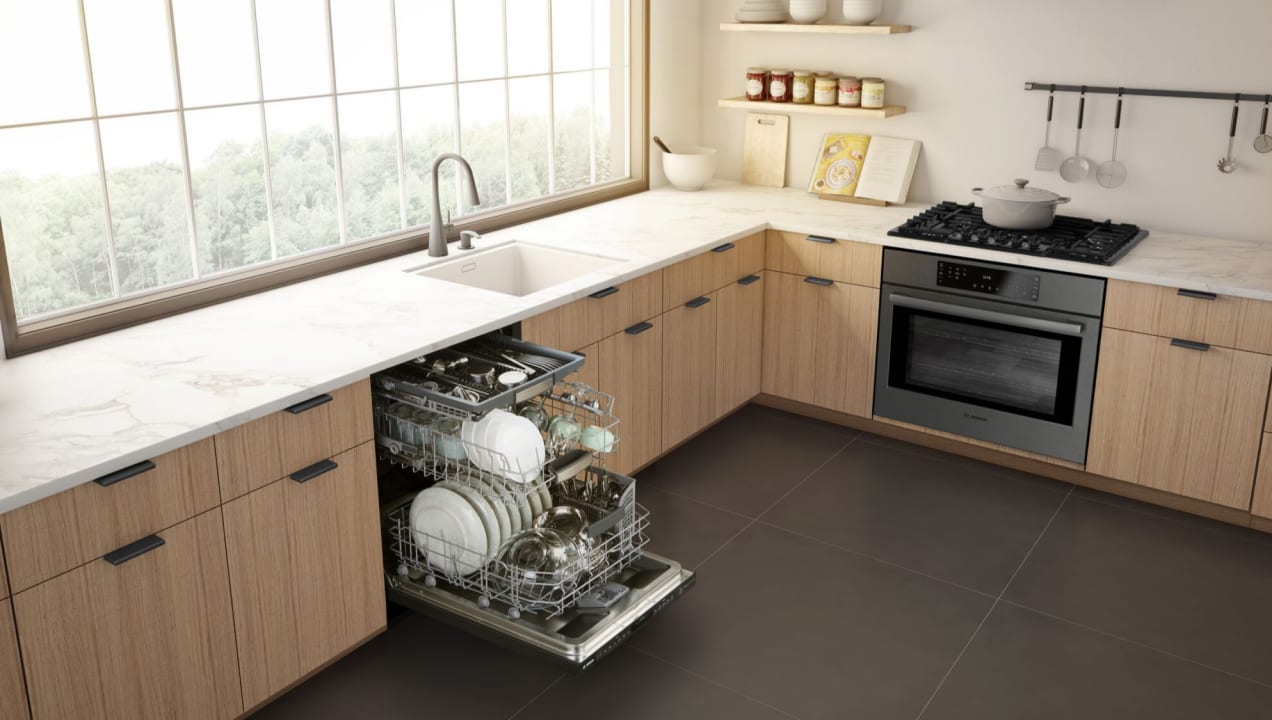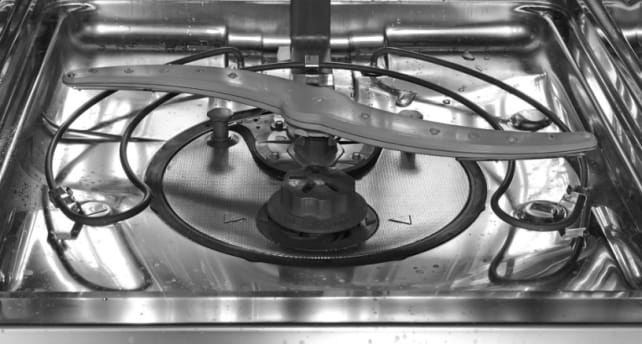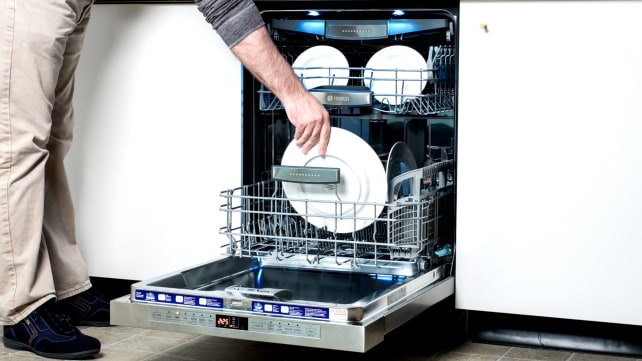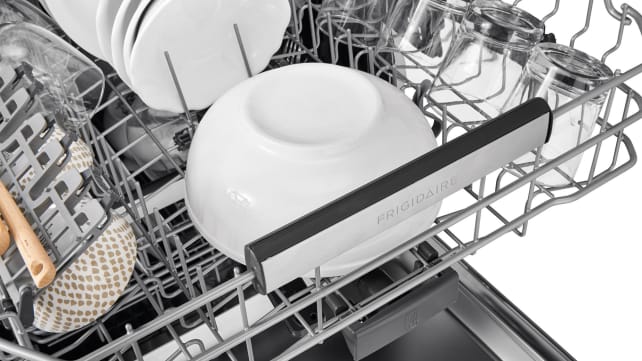 — Our editors review and recommend products to help you buy the stuff you need. If you make a purchase by clicking one of our links, we may earn a small share of the revenue. However, our picks and opinions are independent from USA TODAY’s newsroom and any business incentives.
— Our editors review and recommend products to help you buy the stuff you need. If you make a purchase by clicking one of our links, we may earn a small share of the revenue. However, our picks and opinions are independent from USA TODAY’s newsroom and any business incentives.If you’re unloading wet dishes from your dishwasher every day, you know how frustrating it can be. Plastics, especially, emerge soaking wet at the end of each wash cycle. If that’s what’s happening in your kitchen, chances are you’re unloading the wet cups, bowls, and containers onto the counter, where they sit until you need the space for something else. Then, cursing your dishwasher, you pick up a dishtowel, swab off the damp dishes, and put them back in the cabinet with a few persistent droplets still clinging to them. Some dishwashers use an exposed heating rod to get dishes dry. This method is generally effective but it uses a lot of energy.

Why is this happening?
All dishwashers used to dry with hot air—some dishwashers, mostly those with plastic tubs, still use this method by employing an exposed circular rod at the bottom of the tub to heat up. It’s a relatively inefficient, energy-consuming (read: expensive) way to dry dishes and much of the industry moved on.
Most modern dishwashers use a condensation method to get dishes dry, utilizing hot water instead of hot air. The simple explanation is that heated rinse water that coats the dishes is pulled toward the cooler interior walls of the dishwasher and sent down the drain. But plastics don’t retain heat well enough to ever get truly dry using this method. Hence, the wet dishes on the counter.
Always unload the bottom rack first, so water left in dishes on the upper rack won't spill on dishes below.
Is it OK to put away wet dishes?
We all do it from time to time, but it’s not ideal to put away dishes wet. WebMD cites a study that concludes that after 48 hours, bacteria proliferates on stacked, wet plates. If dishes come out of your dishwasher wet and you don’t have time to let them air dry, wipe them off with a fresh towel before you put them away. When you empty your dishwasher, start on the bottom rack. That way, wet dishes on the top rack won't spill onto them.

What is the dishwasher industry doing about it?
Different brands deal with the wet dish issue differently. Bosch is incorporating the “magic” mineral zeolite into the latest generation of its 800 series dishwashers. You don’t need to go to science class to understand it: The zeolite crystals take in moisture from the wash cycle and go through a chemical process that makes them boiling hot. The result: drier dishes in less time, using less energy. The technology belongs to Bosch, so you won’t see it everywhere for now.
Frigidaire is using a “convection” method in some of their dishwashers to help get dishes drier. Translation: a fan blows air around the tub, accelerating evaporation. An indentation in the bottom of a plastic bowl may emerge filled with water. Have a dishtowel handy.

Some Whirlpool Corporation machines, including Whirlpool-branded dishwashers as well as Maytag and KitchenAid dishwashers, still offer a heated dry cycle.
What should I do in the meantime?
If you’re not ready to replace your dishwasher, here are a few ideas to help you get drier dishes, no matter how your dishwasher dries them.
1. Always unload the bottom rack first
This is the easiest thing you can do. If you unload the dishes on the bottom first, residual water on the upper racks won't spill on them.
2. Leave space between the dishes when you load them in
Don't overload the dishwasher and don’t let the dishes touch. They’ll dry better if hot water or hot air can circulate in between them.
3. Use rinse aid
Rinse aid makes water sheet off dishes, helping them dry and preventing spots on glassware.
Rinse aid is not about rinsing: It’s about drying. Chemicals in rinse aid cause water to sheet off the surface of the dishes, helping them to dry. It helps prevent spots on glasses, too. If you don’t add rinse aid, some dishwashers will extend the heated rinse cycle in an attempt to get dishes drier. It doesn’t work as well as pouring rinse aid in the dispenser, though.
4. Open the door a couple of inches when the cycle completes
Let moist air out. After 10 or 15 minutes, the dishes will be a little bit drier. Some high-end dishwashers open automatically at the end of the cycle. You can do it manually once you hear the buzzer go off.
5. Place items in the rack at an angle to avoid pooling.
Take advantage of gravity to help water run off the dishes.
6. Choose the right option.
Take a look. Your dishwasher might have a heated drying feature. You may be one button-press away from drier dishes.
7. Empty damp dishes onto a dishtowel.
If all else fails, let a dishtowel absorb the moisture. It’s still inconvenient but it will contain the drips from your wet dishes.
By: Reviewed


No comments:
Post a Comment